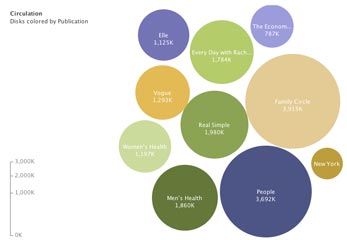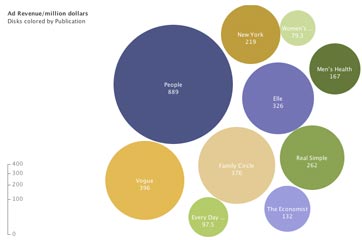Specialist magazine publisher Future has reported a resilient and ‘healthy balance sheet’ in the face of recession with a 15 per cent increase in online advertising revenue in the nine months to June 30.
The company released an interim management statement today, which suggested that although print advertising revenues were down 8 per cent, this was offset by the growth in online advertising – resulting in a total fall of only 4 per cent.
Online ads represented 22 per cent, nearly a quarter, of total advertising revenue – up 19 per cent year-on-year – over the same period.
In the company’s interim report, CEO Stevie Spring said: “While it is premature to talk about a market recovery, there has been no deterioration in trading conditions since the half year.”
A third of the group’s revenue comes from its US operation and it capitalised on a favourable US exchange rate against the sterling with a 24 per cent stronger US dollar in the reported period.
As a result, the publisher had come out relatively unscathed through what it called ‘exceptionally challenging market conditions’, with an overall revenue decline of just 2 per cent, or 9 per cent calculated on a constant currency basis.
Publishing revenues
In the UK, which generates the remaining two thirds of the company’s income, publishing revenue, based on constant currency, was down 6 per cent. The fall in revenue was mainly due to a decline in PC gaming, personal computing and automotive titles, the report suggested.
In the same period, publishing revenues for the US operation fell 13 per cent, on a constant currency basis. The publisher blamed ‘greater exposure to generic advertising market volatility’ in the territory, particularly with regard to its digital business.
Future’s future
Future produces more than 80 newsstand magazines, 62 websites and 25 annual live events on special-interest topics, such as computer games, film, music and sport.
Spring, who according to paidContent:UK, ‘never talks down the health of the magazine industry’, was bullish about the future of the publisher:
“I am confident that when recovery comes, Future is well-positioned to benefit. We’ve continued to invest in both new products and new people and, more broadly, our strategy remains firmly on track. We are in the best shape we can be in for the mid-term,” he said.
Future’s annual results for the year to end of September will be announced on November 26.


